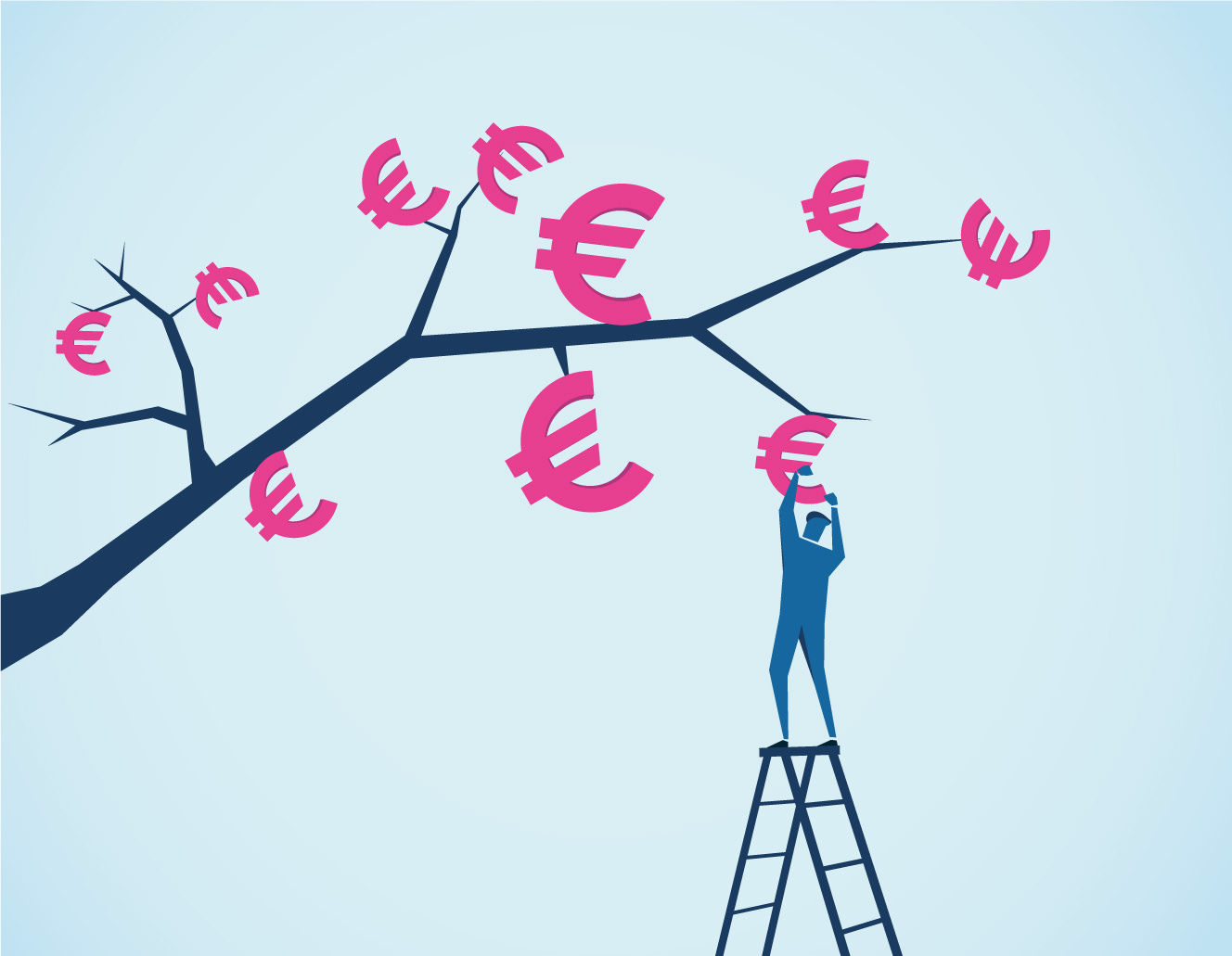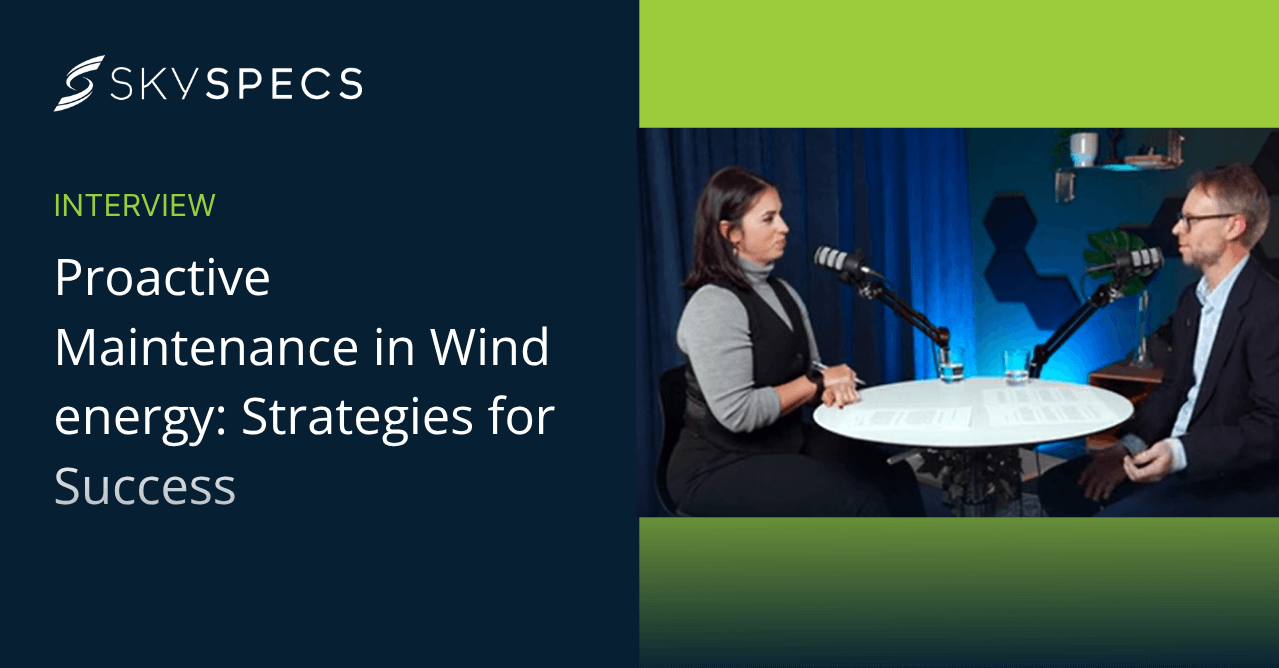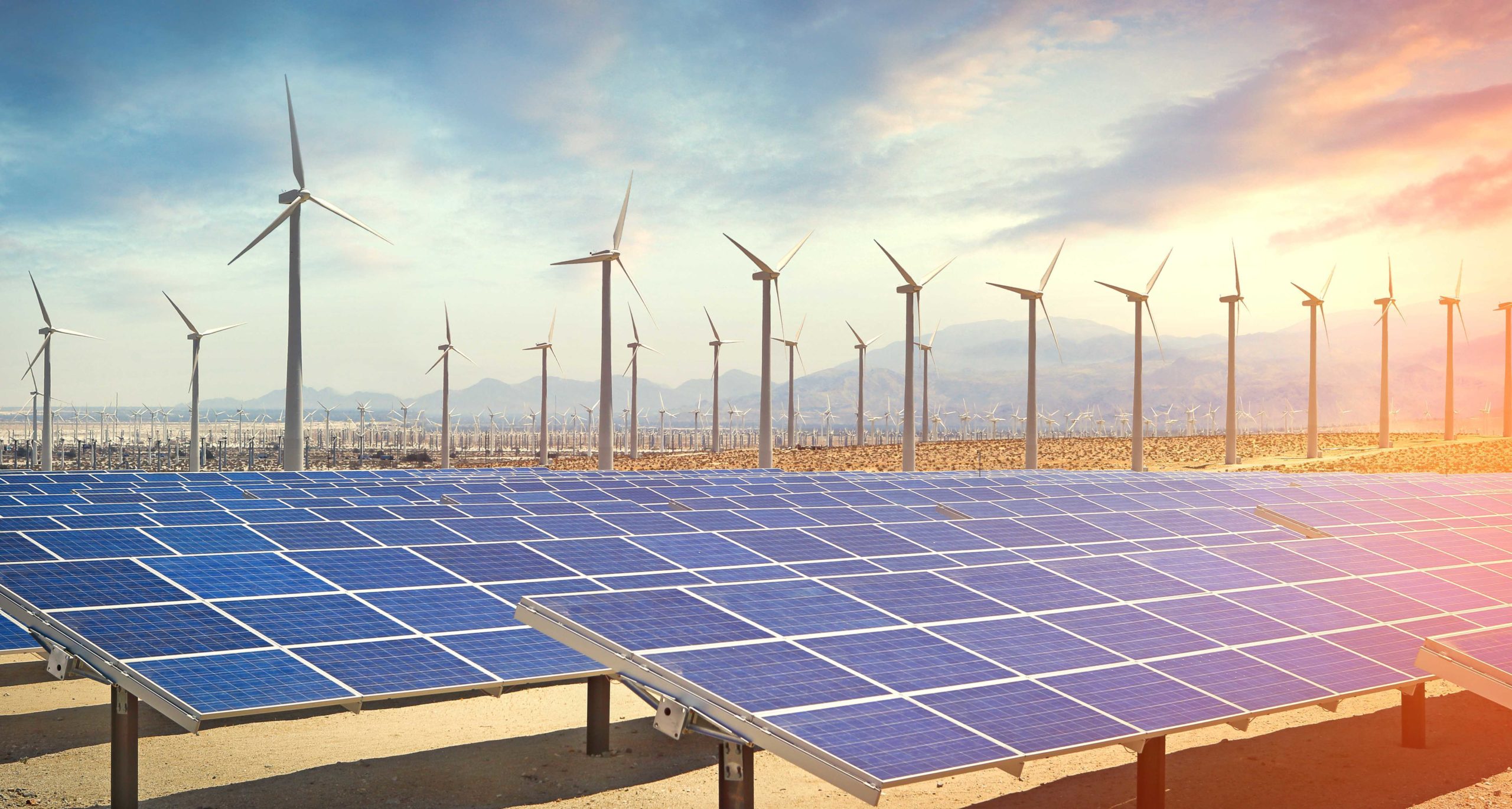Covid-19 is causing huge problems across the globe, but it also is enabling an evolution. Times like these are allowing us to decide how we want our future to look, what world we want to live in and exactly how to prevent conditions like these reoccurring.
Each country is reacting differently by setting new regimes and passing new stimulus bills. In this article we want to compare the EU and the US. Surprisingly, the global pandemic everyone is facing right now, has worked as a reason to strive even harder for a clean low carbon future. Since the global oil market is in crisis, due to the low demand (thanks to COVID-19), institutions like IRENA (International Renewable Energy Agency) are calling countries to focus on renewable energy as a way for the economy to recover in a sustainable way.
US
Former Secretary of State, John Kerry says that the clean energy, technology, and infrastructure markets will be dominant for the rest of the century and if the US is not in the commanding position it’s economy will suffer tremendously[1]. After the great recession, an argument was made to invest more in climate measures or risk falling behind the clean energy race, which worked and got a $90 billion investment. Now with no official stimulus for clean energy yet, officials are calling for new deals to be made such as the Green Stimulus [2], that aims to dedicate $2 Trillion to create millions of jobs to expand the use of renewable energy.
For the United States to go 100% renewable by 2030 or 2040, the cost would range between $4.5 trillion and $5.7 [3].

EU
On the other hand, the top officials in the EU have pushed for a Green Deal, an investment to create jobs and plunge the EU’s carbon footprint. European Commission President Ursula von der Leyen is to use the $1 trillion program to do this [4]. The IMF has also decided to help smaller countries in the EU with their efforts to prevent climate change, offering to lend over $1 trillion to move the dial even further.
Summary
Research shows that it’s counter-intuitive but surprisingly productive to layer some problems on top of each other to achieve a win win solution. On the one hand we are facing into an economic recession. On the other a climate crisis. We can solve for both at the same time. With the stimulus focused on a green return to prosperity and the cost of borrowing still low, we have an opportunity to get both outcomes in one hit.
[1] https://time.com/5835402/green-stimulus-climate-change-coronavirus/
[2] https://medium.com/@green_stimulus_now/a-green-stimulus-to-rebuild-our-economy-1e7030a1d9ee
[3] www.iea.org/commentaries/put-clean-energy-at-the-heart-of-stimulus-plans-to-counter-the-coronavirus-crisis
[4] https://www.iea.org/commentaries/put-clean-energy-at-the-heart-of-stimulus-plans-to-counter-the-coronavirus-crisis
[5]https://time.com/5835402/green-stimulus-climate-change-coronavirus/



